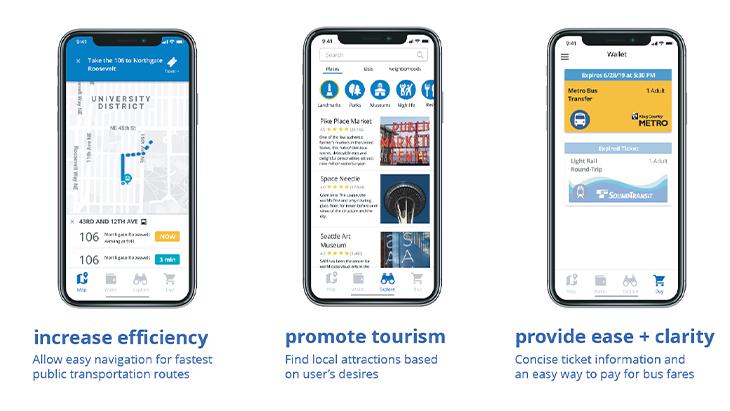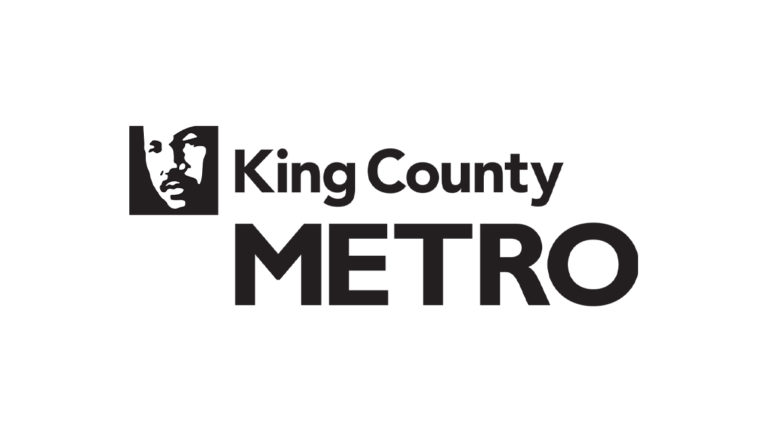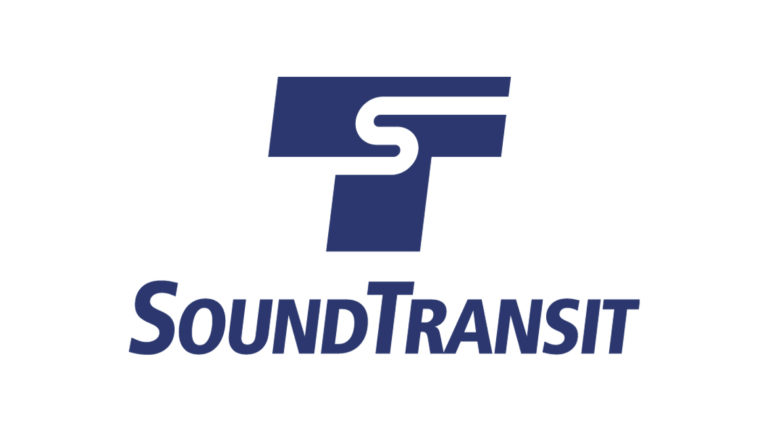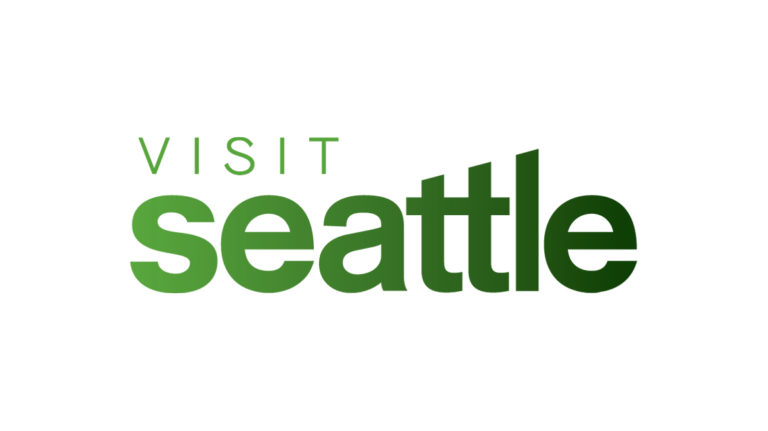
Issue
Tourists who are unfamiliar with the transit system in a new city tend to choose transportation options that are most easily accessible to them. Services that provide a consistent look and feel are more intuitive and welcoming, which is why ridesharing apps are one of the most popular choices for getting around in unfamiliar cities.
Spark
How might we increase and improve the experience of mobile ticket use amongst tourists in the Greater Seattle Area who are current and potential customers of King County Metro and Sound Transit services?
Overview
The research team embarked on a series of data collection exercises out in the field to discover people’s general feelings surrounding mobile ticketing. Based on the responses, they focused on developing two personas that embodied their findings: a young solo traveler and a family traveler. To inform their design choices, the team created user journey maps that detailed the touchpoints of each of these traveler types and offered recommendations for potential marketing strategies and design requirements.
Some main findings from the usability test findings were confusion with the purchasing process, lack of visual cues, and the need for alternative routes and comparing options. Participants of the test also mentioned what applications they have used in the past to get around in different cities, so the team also drew insights from their comparative analysis with apps such as GoEuro.
Innovation
In the Go Seattle App, an initial login screen is designed to give users options to sign in or use the app without going through multiple screens. This was a concept recommended by the project sponsors to help make the app more welcoming. If a user wants to bypass the onboarding and survey the features on the app, they can continue as a guest. An account is needed for when purchases are being made.
Additionally in the onboarding process, the user has the option to customize their experience. By taking a quiz that will tell the app more about the user, the app can find package deals, provide needed tickets sooner in the buying process, and see tailored recommendations on where to go and how to get there.
When creating the “Explore” functionality screens, elements from Google Maps and Yelp were used to inspire the design of the explore feature. The map would offer alternative routes the user can scroll through with the most optimal one showing first. When a marker on the map is clicked, it is highlighted in yellow and more information about the landmark is shown, including reviews pulled from alternative websites (Yelp, Google). The navigation is similar to Google and users are able to exit out at any time, and see when the busses at their stop are coming based on live location data.
Materials
- Watch the Video
- View the Slides
- Explore the Figma Prototype
Impact
During the field study, the team learned that the Link Light Rail is a popular mode of transportation amongst tourists; especially to and from the airport. However, the Link Light Rail ticket feature was challenging due to limited screen reality and the amount of information required from a user. In the current Transit Go Ticket App users are required to scroll to see all of the ticket types and must input the quantity of tickets on a different screen. Many riders found this confusing and disorienting.
The team recommended two major changes to this feature in their redesign of the Transit Go Ticket App. First, they ensured that the stations are displayed as they are laid out in the real world (as opposed to listing them alphabetically), and second, they allowed users to select the types and quantities of tickets they need on one screen. These recommendations were presented to sponsors for incorporation in upcoming design plans.
Team
This project is sponsored by the University of Washington Mobility Innovation Center in partnership with King County Metro and Sound Transit. The research team drew four undergraduate students from the University of Washington in the Department of Human Centered Design and Engineering. The final design incorporated feedback and recommendations from Visit Seattle.
Academic Department
Faculty Leadership
Contributors
- Michael Palomo
- Madisen Arurang
- Scott Tan
- Aylee Neff



